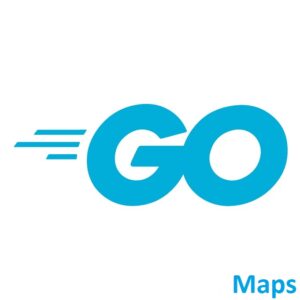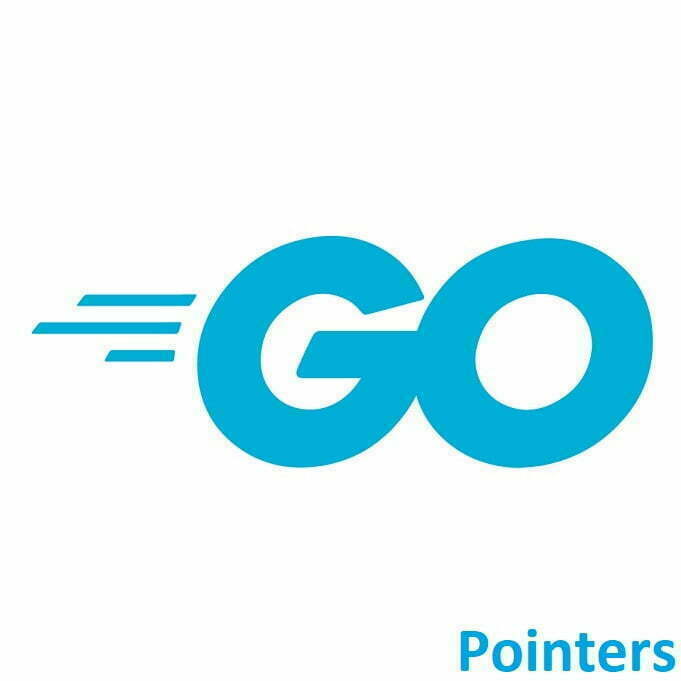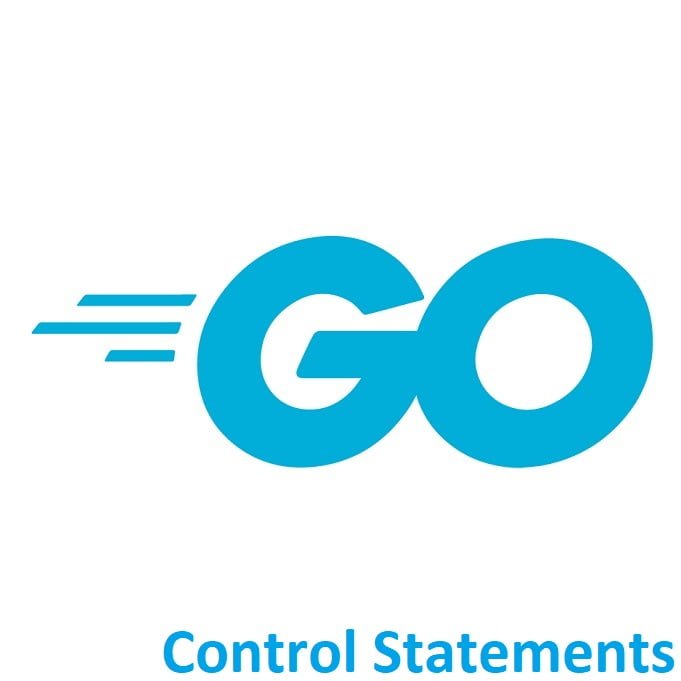
Efficient Data Management with Go's Map Data Structure!
Welcome to the world of Golang! Maps in Go are versatile and powerful data structures that facilitate key-value pair storage, retrieval, and manipulation. Understanding how to harness the capabilities of maps is essential for efficient data management in Go programming. This guide explains the basics of using maps, from basic operations to advanced techniques, empowering you to leverage this fundamental data structure effectively.
Explaining Maps
Maps are somewhat similar to dictionaries or hash maps in other programming languages. They provide a way to associate a value with a unique key. The key-value pairs in a map are unordered.
Here’s a basic overview of how maps work in Go:
Declaration:
To create a map, you use the make function or a map literal. The syntax for a map type is map[keyType]valueType.
// Using make function
myMap := make(map[string]int)
// Using map literal
anotherMap := map[int]string{
1: "one",
2: "two",
3: "three",
}
Inserting and Updating Elements:
You can insert or update elements in a map by assigning a value to a specific key.
myMap["apple"] = 5 myMap["banana"] = 3
Retrieving Elements:
To retrieve a value from a map, you provide the corresponding key.
fmt.Println(myMap["apple"]) // Output: 5
It’s important to note that if the key is not present in the map, Go will return the zero value of the value type. For example, if the value type is int, accessing a non-existent key will yield 0.
Deleting Elements:
You can remove a key-value pair from a map using the delete function.
delete(myMap, "banana")
Checking for Key Existence:
You can check if a key exists in a map using the following syntax:
value, exists := myMap["apple"]
if exists {
fmt.Println("Value exists:", value)
} else {
fmt.Println("Value does not exist")
}
Iterating Over a Map:
Maps are unordered collections, so when you iterate over a map, the order of keys is not guaranteed.
for key, value := range myMap {
fmt.Println(key, value)
}
Map Keys and Values:
Maps can have keys and values of various types. The key type must be a comparable type (types that can be compared using operators like ==), and the value type can be any type.
Golang Code
Here’s a practical example that demonstrates how to use a map in Go. In this example, we’ll create a simple program that keeps track of the number of occurrences of words in a text.
package main
import (
"fmt"
"strings"
)
func main() {
// Create an empty map to store word frequencies
wordFreq := make(map[string]int)
// Sample text
text := "Hello world! This is a sample text. Hello world again."
// Convert text to lowercase and split it into words
words := strings.Fields(strings.ToLower(text))
// Count the frequency of each word
for _, word := range words {
// Remove punctuation marks from the word
word = strings.Trim(word, ".,!?")
wordFreq[word]++
}
// Display the word frequencies
fmt.Println("Word Frequencies:")
for word, freq := range wordFreq {
fmt.Printf("%s: %d\n", word, freq)
}
}
Breaking Down the Code
We import the necessary packages:
fmtfor formatting output andstringsfor string manipulation functions.We create an empty map named
wordFreqto store the frequencies of words.We define a sample text that we want to analyze.
We convert the text to lowercase and split it into words using
strings.Fields.We iterate through each word in the
wordsslice and clean it by removing punctuation marks usingstrings.Trim.We use the cleaned word as a key to access the corresponding frequency value in the
wordFreqmap. If the word is encountered for the first time, it will be added to the map with a frequency of 1. Otherwise, its frequency will be incremented.Finally, we iterate over the
wordFreqmap and print out the word frequencies.
When you run this program, it will analyze the sample text and output the frequency of each word, regardless of capitalization and punctuation.
Conclusion
Maps stand as a cornerstone of efficient data management in Go, providing a dynamic and flexible way to organize and access data. Remember that maps are not thread-safe in Go, so if you need to access a map concurrently from multiple goroutines, you should use synchronization mechanisms like mutexes to ensure safe access. Mastery of map operations and optimization techniques equips Go developers with the tools to build scalable, performant applications. Overall, maps in Go are a powerful and versatile way to associate keys with values, making them a valuable tool in many programming scenarios.
That’s All Folks!
You can find all of our Golang guides here: A Comprehensive Guide to Golang




